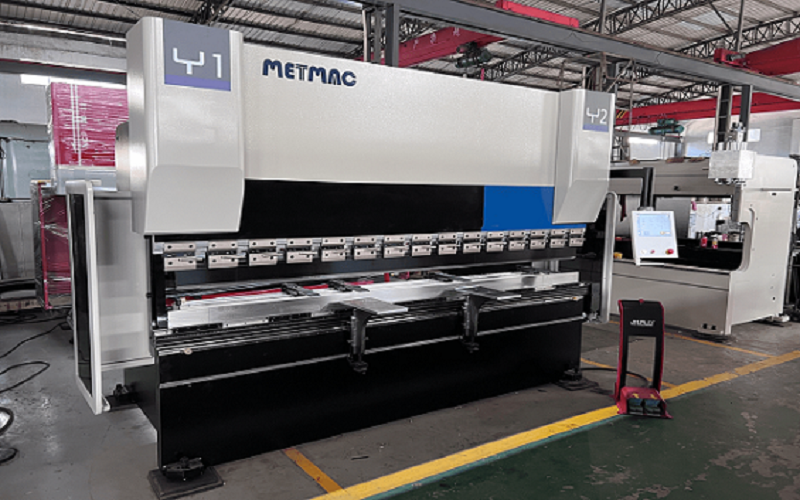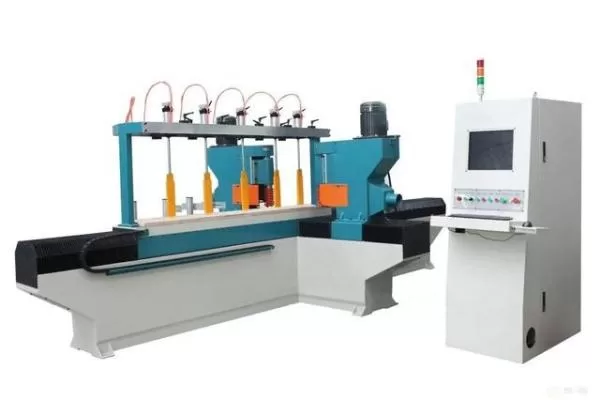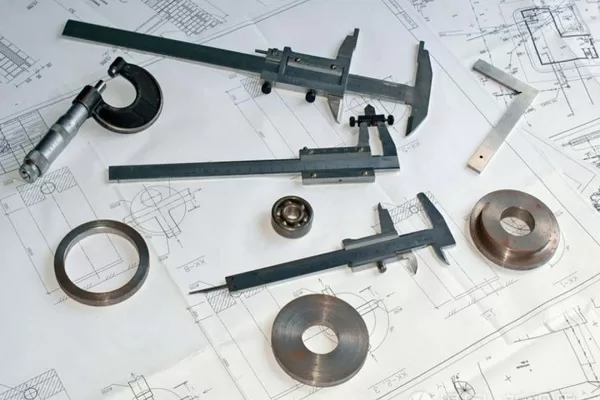
Precision Performance- Achieving Accuracy with Bending Machines
- By:Metmac
- 2024-05-14
- 97
In today’s competitive manufacturing landscape, achieving precise bending is crucial for producing high-quality, functional metal components. Precision Performance: Achieving Accuracy with Bending Machines provides a comprehensive guide to enhancing bending accuracy, ensuring flawless outcomes, and maximizing productivity. This article delves into the key aspects of precision bending, empowering readers to elevate their bending operations.
Understanding Bending Accuracy
Bending accuracy refers to the ability of a bending machine to produce bends that conform to the specified dimensions and angles within allowable tolerances. It is influenced by various factors, including material properties, machine calibration, tooling selection, and operator skill. To achieve precision, manufacturers must have a thorough understanding of these factors and implement best practices to mitigate errors.
Machine Calibration and Tooling Selection
Proper machine calibration is essential for accurate bending. Regular calibration ensures that the bending machine’s hydraulic system, encoders, and sensors are functioning correctly, eliminating errors caused by misalignment or wear. Selecting the appropriate tooling, such as punches and dies, is also critical. The size, geometry, and material of the tooling must match the specific bending application to ensure precise bends.
Material Properties and Bending Techniques
The properties of the material being bent can significantly impact bending accuracy. Factors such as material thickness, yield strength, and springback must be considered. Manufacturers should select bending techniques that minimize springback and maintain the desired bend angle. Proper bending techniques, such as air bending, bottom bending, or coining, can be employed to achieve precise results for different materials.
Operator Training and Experience
Operator training and experience play a vital role in achieving precision bending. Skilled operators can effectively monitor the bending process, adjust parameters as needed, and troubleshoot any issues that may arise. Regular training and certification programs can ensure that operators are up-to-date on best practices and have the necessary expertise to optimize bending accuracy.
Process Monitoring and Quality Control
Continuous process monitoring and quality control measures are essential to ensure consistent accuracy. Manufacturers should implement automated sensors or manual inspection systems to verify bend dimensions and angles. Statistical process control (SPC) techniques can be used to identify and address any variations that may occur during the bending process, proactively preventing defects.
Conclusion
Precision Performance: Achieving Accuracy with Bending Machines is an indispensable resource for manufacturers seeking to enhance their bending operations. By meticulously following the principles outlined in this article, manufacturers can improve bending accuracy, reduce scrap rates, and deliver high-quality components that meet rigorous specifications. Embracing precision bending techniques is a strategic investment that can yield significant returns in terms of product quality, customer satisfaction, and overall manufacturing efficiency.
-
The Advantages of Using a Sheet Roll Forming Machine in Manufacturing
2024/09/14 -
How to Optimize Your Laser Sheet Cutting Machine for Maximum Performance
2024/09/12 -
How to Maximize Efficiency with Modern Sheet Metal Working Machines
2024/09/04 -
The Environmental Benefits of Using Duct Board Grooving Machines
2024/09/03
-
A Guide to the Latest Innovations in Sheet Metal Folding Machines
2024/11/29 -
Key Features to Consider When Investing in a Sheet Metal Folding Machine
2024/11/28 -
Enhancing Precision with Advanced Sheet Metal Folding Machines
2024/11/27 -
How to Choose the Right Sheet Metal Folding Machine for Your Workshop
2024/11/26



